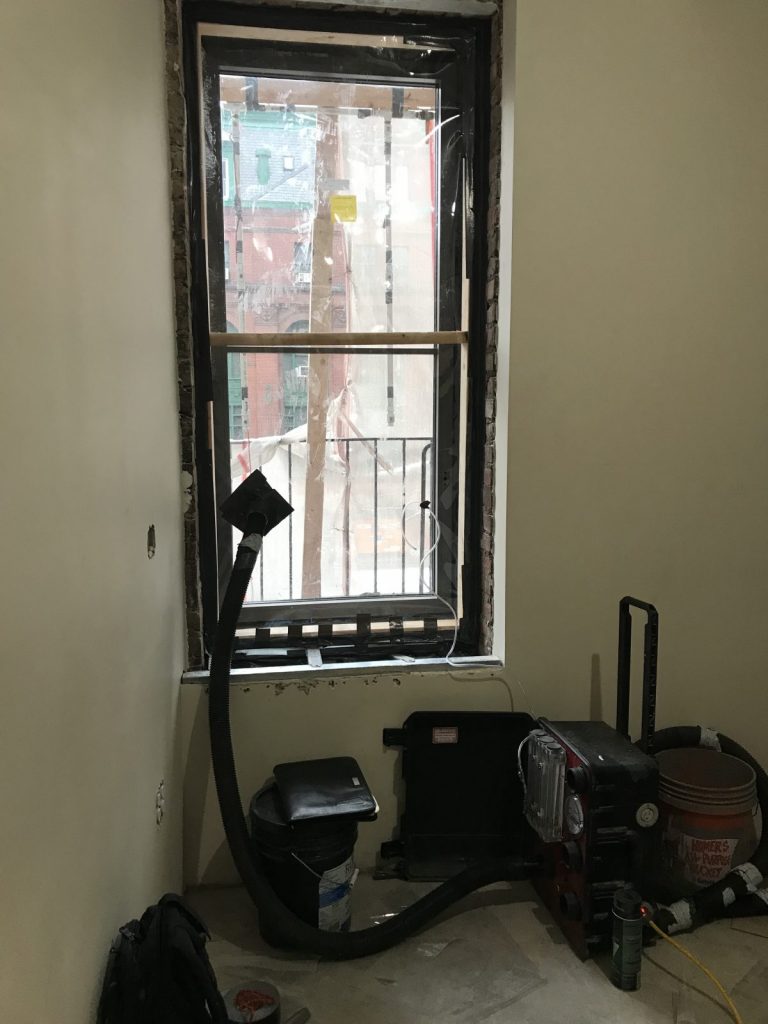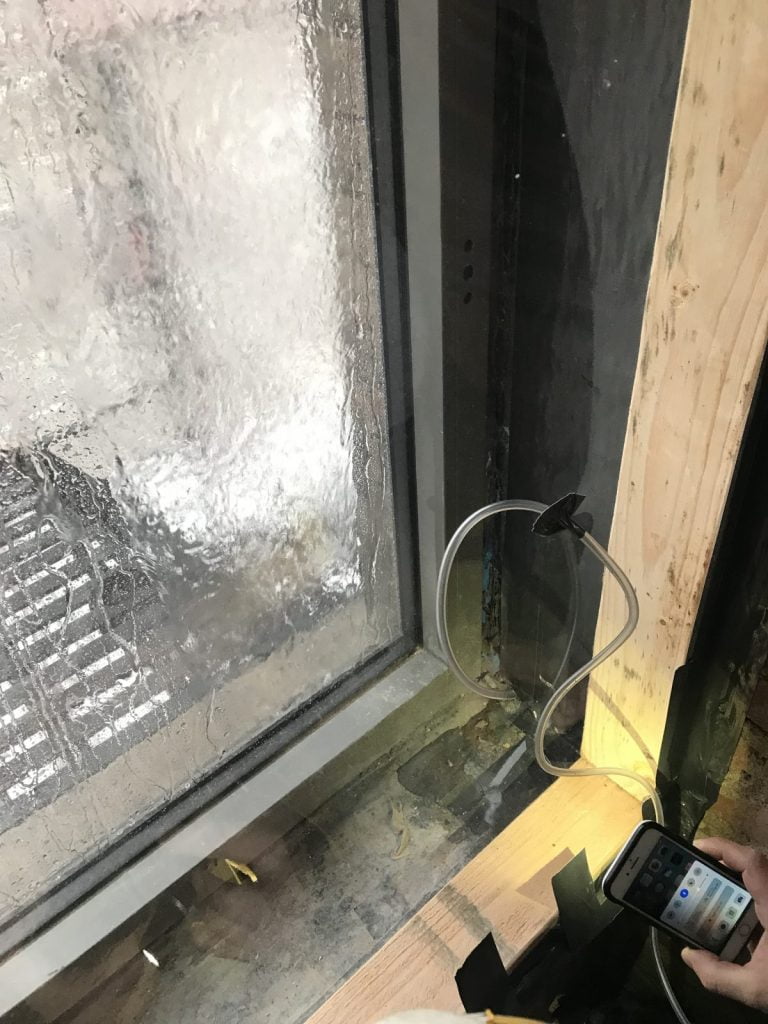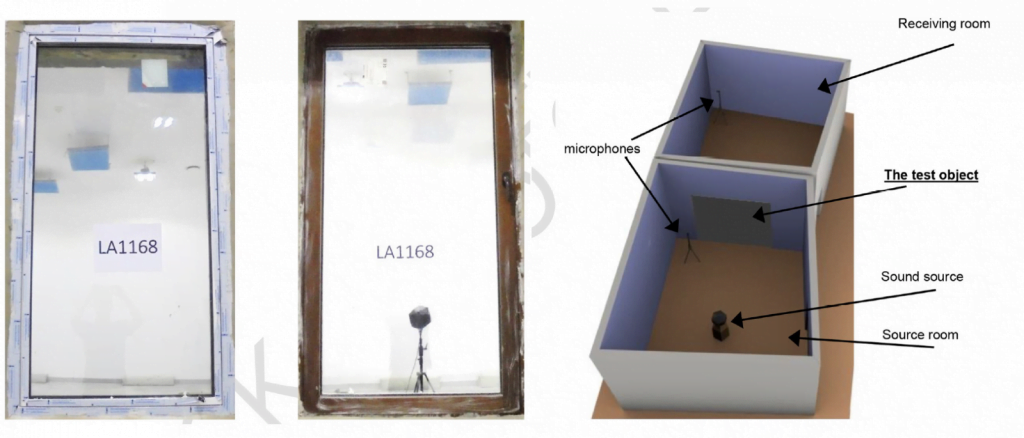
As any homeowner knows, there is nothing more frustrating than bad, leaky windows. Windows which allow in drafts, create cold-spots, allow condensation, damp, and mold to gather, and don’t provide adequate resistance to noise pollution, are windows you don’t want in your home. And, as anyone who has ever lived in a typical New York City apartment can tell you, standard double-hung windows provide little protection from any of the above. Even windows which look great aren’t immune to these defects. As a result, windows must undergo rigorous window testing to ensure they are adequately protected and have been correctly installed.
Conducting window testing is one of the most crucial and effective ways of ensuring that windows and doors fitted in your home perform as needed and expected. Few people know what exactly window testing means is or just how important for their home it is. Knowing what it is, and knowing that your windows have been rigorously tested according to strict standards, can bring homeowners great peace of mind.

Windows and doors often represent a significant portion of the facade of the average home. With larger buildings, windows, doors, and curtain wall systems can constitute up anywhere from 50-100% of the building’s facade and envelope. As a result of this, they make up an important component of the architecture and represent a considerable amount of the overall construction costs. Similarly, careful attention needs to be paid to ensure that windows and doors are airtight, watertight, and able to withstand significant wind-loads.
To put it simply, window performance testing is exactly what it sounds like: using various testing methods to determine the efficacy and efficiency of a window’s performance. Window testing is carried out in order to make sure that an optimum level of comfort can be maintained within the home. There are various methods of testing a window’s performance, each of which will be explained in more detail below.

It is hard to overstate the importance of window performance testing. According to a study by the National Fenestration Rating Council, the average American spends anywhere from $1,500 to $2,500 on energy bills each year. 45% of that goes to heating and cooling their homes.
If the windows in your home are old, weren’t installed properly, or have fallen into disrepair, this number increases. Badly designed, poorly installed, and even windows which were not tested correctly, can significantly impair how efficient your windows are. In addition to costing you more money in energy bills, their inefficiency means that they are also harming the environment.
The North American Fenestration Standards is the body which dictates the guidelines around fenestration standards for all residential projects in North America (US & Canada). In addition to NAFS, each jurisdiction is governed by its own specific rules and regulations.
For example, all windows and doors installed in buildings in New York City must meet the requirements of the NYC Energy Conservation Code. For more on that, see here.
Here at Open Architectural Windows and Windows, we fully understand the importance of testing. All of our windows are rigorously tested to ensure that they meet all US and regional standards and codes. Each specific jurisdiction has their own codes. There are two main ways for testing window performance–laboratory and field testing. Both laboratory and field testing are used to test specific components and potential issues with a windows’s performance.
As it suggests, laboratory testing is carried in a lab under specific conditions. Often, these conditions will be designed to mimic conditions of the climate in which the windows will be installed. Lab testing is an important step because windows can because the testing conditions and variables can be easily controlled. While we are involved in the testing process, tests are carried out at certified, independent laboratories.
We use machines which mimic high wind loads to place enormous amounts of pressure on windows during testing. The wind loads will usually be higher than winds the windows are likely to ever encounter. The level of testing will usually be determined by the building’s structural engineer. This will depend on the building’s location, shape, the size of the IGUs, as well as the window-to-wall ratio.
A thermal chamber is used to help determine the thermal efficiency of the windows. Thermal efficiency is determined by calculating its U-Value. Thermal testing is a particularly important step as it helps to ensure that the windows will provide optimum comfort to the occupants of the property.
In order to test for water and air infiltration, jets of water and air are sprayed onto the exterior of the windows. Negative pressure will be applied in the interior to see whether or not any water or air makes it through to the interior. Water and air tightness are some of the most important testing aspects. They need to be rigorously tested in any window. Not testing properly can result in drafts or water damage. Over time, this can lead to corrosion to the interior and surrounding areas. Another very important factor to consider is comfort: without air and watertight sealing, temperatures within the home will be very unstable. In some instances, this may even lead damp, mold, first, or ice on the interior of the window.
Cycle testing involves the use of machines to continuously open and close the windows over a set period of time. The aim with cycle testing is to ensure that windows perform exactly as well after the testing as they did before it. This is a very important step as we won’t sell and windows which haven’t been rigorously tested for performance issues.
Field testing will be carried out once a licensed installation team has installed the windows. Field testing is an opportunity to rigorously test the windows once they have been integrated into the building envelope. In some cases, field testing will produce slightly different results than lab testing. Although measures are taken to mimic the conditions and climate in which the windows will be installed, minor variations can occur. This is often a result of varying weather conditions and installation issues.

Much like the water and airtightness testing mentioned above, water and airtightness are also tested during the onsite window installation process. This is to ensure that the results from lab testing can be recreated once a licensed and certified installation team have installed the windows.
To do this, we recreate the chamber in the lab. Then, we apply jets of water and air to the exterior of the windows. Using negative pressure inside the building, we can then test to see if either wind or water appears inside.
There are several other types of customized testing available. Not all will be necessary for each customer but each offers its own unique peace of mind.

One of the most common things we hear from customers is their issues with noise pollution. This is particularly true in places such as New York City. Traffic, low-flying planes, loud talking, even noisy neighbors. All of these can be dealt with more effectively via well-made windows which have been tested according to our standards. In lab testing, we subject the windows to very high levels of sounds in order to determine how much sound the windows block out. This process produces an Outdoor-Indoor Transmission Class (OITC) rating. We work with each individual client to determine their specific OITC rating.
Limiters, sometimes known as window restrictors, can also be tested. Testing for this can be useful where there is a particular concern that young or vulnerable people are at risk of falling from a window.
Windows can be tested for how breakthrough resistant they are. This is important to consider if safety or security is a concern.
For additional peace of mind, windows can also be specifically tested for their fire resistance capability
If you’d like to learn more about our windows or the testing process, contact us today on 718-403-0300 or email us at info@openawd.com for a free consultation.
Let OPEN AWD help you to push your limits and make your project the best it can be.
Our Latest News
Get a free quote